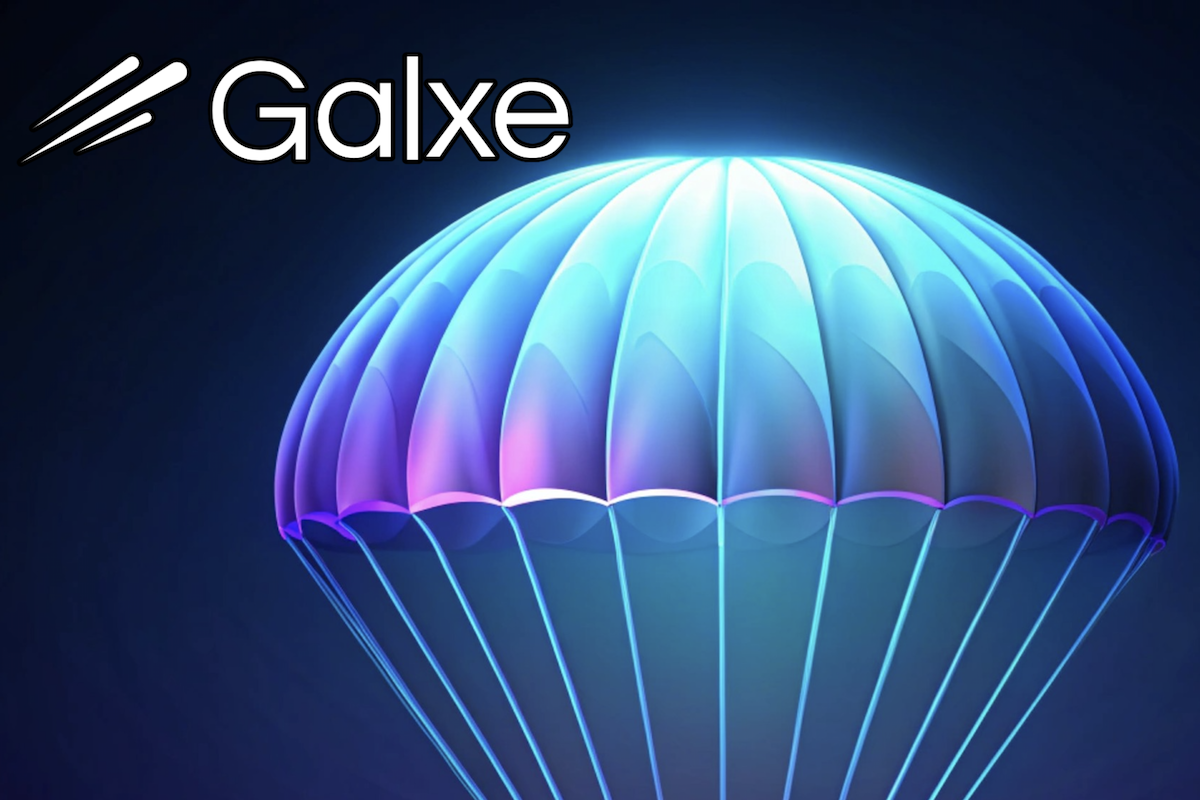Bitcoin Ordinal Inscriptions have significantly impacted the Web3 space since the Ordinals protocol was introduced in January 2023. Millions upon millions of Inscriptions have been minted, inspiring established projects to expand from Ethereum and Solana to Bitcoin.
Ordinals also seem to have inspired Ethscriptions — a recently launched (and quickly adopted) protocol that enables the creation and sharing of digital entities on the Ethereum blockchain (as long as they’re under 96 kilobytes).
Created by Tom Lehman, co-founder of Genius.com, the innovation has sparked considerable interest since its June 17 launch, with over 130,000 Ethscriptions generated to date. To add to the excitement, Lehman also introduced Ethereum Punks, a collection consisting of 10,000 Punks that were all claimed within hours.
So what exactly are Ethscriptions? We dive into the new protocol, how it works, and why Lehman believes it’s needed.
How do Ethscriptions work?
Ethscriptions work by harnessing Ethereum “calldata” — the data passed along in a token that allows us to send messages to other entities or interact with smart contracts — to inscribe non-financial data directly onto the Ethereum main chain. According to Lehman, this allows for a more affordable and decentralized alternative to contract storage.
It’s cheaper and more decentralized than using contract storage.
Also protocol guarantees global uniqueness of the content of all valid Ethscriptions!
Plus it’s skating to where the puck is going in an L2 world.
— Middlemarch (@dumbnamenumbers) June 17, 2023
Ethscriptions operate on the Ethereum platform in the following manner:
- An Ethscription is created whenever an Ethereum transaction is successful, and its input data (interpreted as UTF-8) forms a valid data URI. This URI must be unique, meaning duplicate content is disregarded. Ethscriptions support all valid mimetypes.
- The URI’s uniqueness is guaranteed by ensuring that no prior block or transaction within the same block has identical content as the Ethscription.
- The input data of any Ethereum transaction can also serve as a valid Ethscription transfer, as long as the data is the transaction hash of a valid Ethscription and the sender of the transaction is the rightful owner of the Ethscription.
- When an Ethscription is created, the recipient becomes the initial owner, while the sender is designated as the Ethscription’s creator.
Right now, Ethscriptions can only be images, but Lehman says this will change in the future.
The future of Ethscriptions
Lehman believes that Ethscriptions are essential to the Web3 space. He detailed his reasoning in a June 20 tweet, where he essentially explained that they provide an affordable solution to those seeking decentralized solutions and unlocking Ethereum’s full potential.
The short version pic.twitter.com/5BPlVXDGRA
— Middlemarch (@dumbnamenumbers) June 20, 2023
Since Lehman announced the protocol in a June 16 Twitter space, most of the Web3 community has reacted with excitement and interest, with many questioning whether Ethscriptions will see the same success as Ordinals. However, some have criticized the new protocol, with others pointing out that it’s really nothing novel.
Regardless of the initial reception of the launch, which Lehman sees as a “huge success,” he plans to keep innovating on Ethscriptions. “I also have lots of plans for extending the protocol that I can’t wait to share, but the foundation must come first,” Lehman shared on Twitter.
Ethscriptions represent a promising frontier in the crypto landscape. As a unique protocol that navigates the balance between decentralization and functionality, Ethscriptions open a new avenue for accessible, affordable, and secure data transactions on Ethereum. Despite being in its early stages, the relevance and potential of Ethscriptions are only just beginning.
Credit: Source link















































